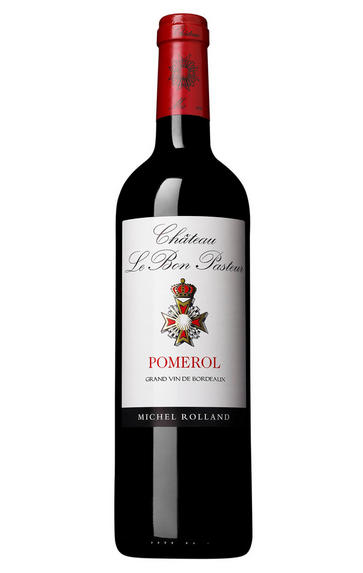
2005 Château Le Bon Pasteur, Pomerol, Bordeaux
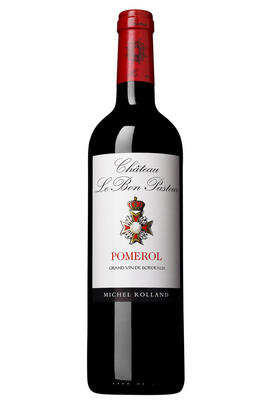
Critics reviews
Robert M. Parker, Jr. - 29/06/2015
About this WINE
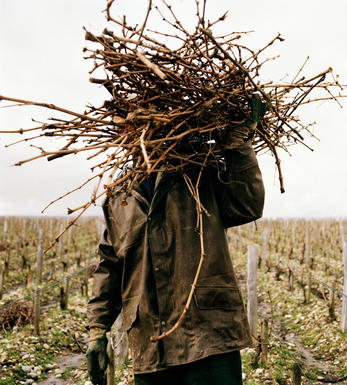
Chateau Le Bon Pasteur
Château Le Bon Pasteur is a small Pomerol property that has been run by guru oenologist Michel Rolland and his wife Dany since 1978. Le Bon Pasteur's 7-hectare vineyard is located in the north-east of the appellation between the vineyards of L`Evangile, Gazin and Cheval-Blanc on the St.Emilion border. The vines have a high average age (40 years) and the vineyard is planted with 80% Merlot and 20% Cabernet Franc. Yields are tightly restricted and the grapes are picked only at optimum ripeness.
Le Bon Pasteur's grapes are hand-picked and are fermented in temperature-controlled-stainless steel vats. The wine is then matured in oak casks (80% new) for 18-20 months. It is bottled unfined and unfiltered. Le Bon Pasteur produce supremely well-balanced Pomerols that are supple and packed with juicy, lush Merlot fruit. They are approachable young but usually benefit from around 7-10 years of cellaring.
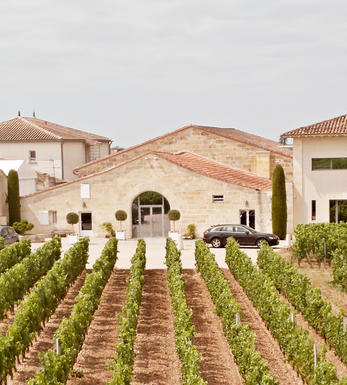
Pomerol
Pomerol is the smallest of Bordeaux's major appellations, with about 150 producers and approximately 740 hectares of vineyards. It is home to many bijou domaines, many of which produce little more than 1,000 cases per annum.
Both the topography and architecture of the region is unremarkable, but the style of the wines is most individual. The finest vineyards are planted on a seam of rich clay which extends across the gently-elevated plateau of Pomerol, which runs from the north-eastern boundary of St Emilion. On the sides of the plateau, the soil becomes sandier and the wines lighter.
There is one satellite region to the immediate north, Lalande-de-Pomerol whose wines are stylistically very similar, if sometimes lacking the finesse of its neighbour. There has never been a classification of Pomerol wines.
Recommended Châteaux : Ch. Pétrus, Vieux Ch. Certan, Le Pin, Ch. L’Eglise-Clinet, Ch. La Conseillante, Ch. L’Evangile, Ch. Lafleur, Trotanoy, Ch. Nenin, Ch. Beauregard, Ch. Feytit-Clinet, Le Gay.
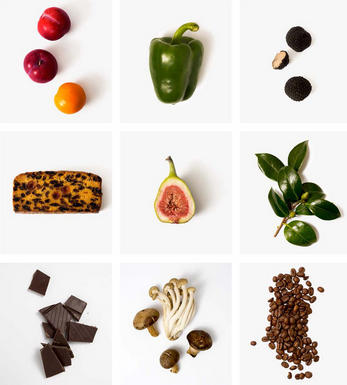
Merlot
The most widely planted grape in Bordeaux and a grape that has been on a relentless expansion drive throughout the world in the last decade. Merlot is adaptable to most soils and is relatively simple to cultivate. It is a vigorous naturally high yielding grape that requires savage pruning - over-cropped Merlot-based wines are dilute and bland. It is also vital to pick at optimum ripeness as Merlot can quickly lose its varietal characteristics if harvested overripe.
In St.Emilion and Pomerol it withstands the moist clay rich soils far better than Cabernet grapes, and at it best produces opulently rich, plummy clarets with succulent fruitcake-like nuances. Le Pin, Pétrus and Clinet are examples of hedonistically rich Merlot wines at their very best. It also plays a key supporting role in filling out the middle palate of the Cabernet-dominated wines of the Médoc and Graves.
Merlot is now grown in virtually all wine growing countries and is particularly successful in California, Chile and Northern Italy.


Buying options
Add to wishlist
Description
A beguiling blast of intense ripe black cherries/berries and subtle vanilla. Follows through to a silky,rich and brilliant concentration of exciting black fruits. Beautifully long ,exciting finish. Best Bon Pasteur any of the team can recall tasting. Sadly a very limited quantity is available.
wine at a glance
Delivery and quality guarantee